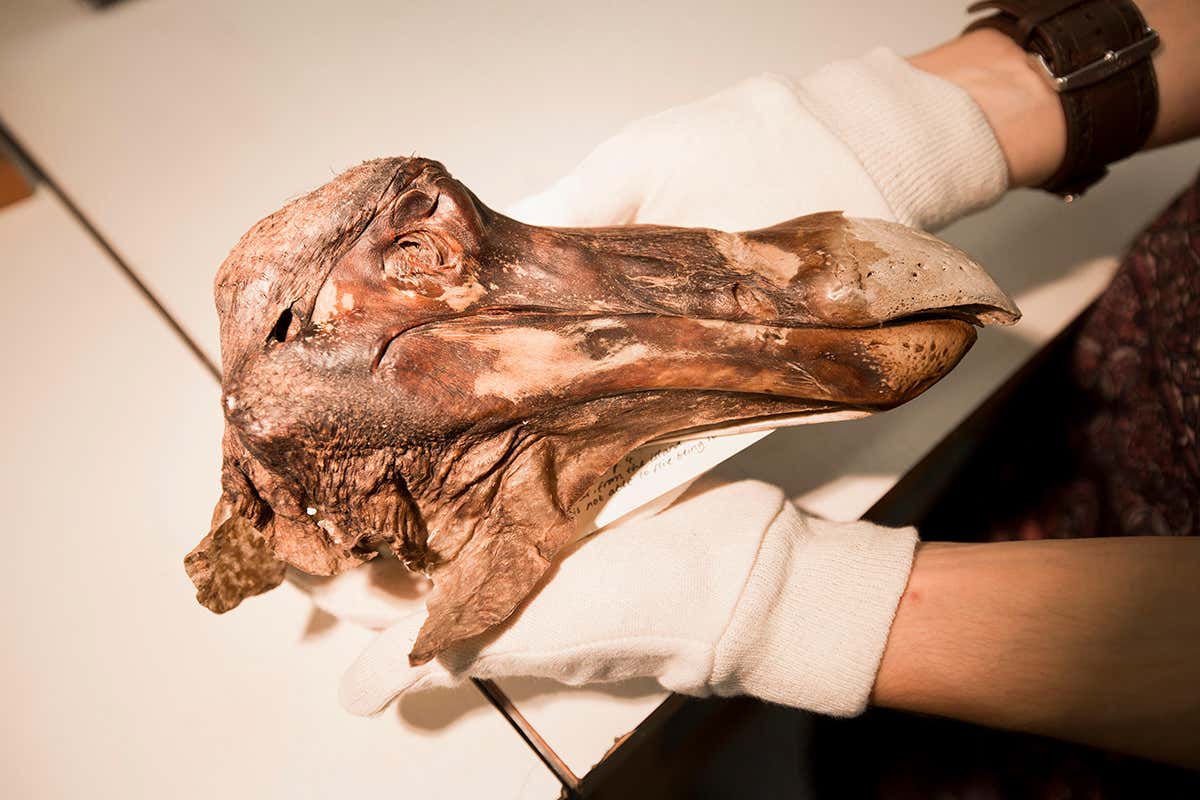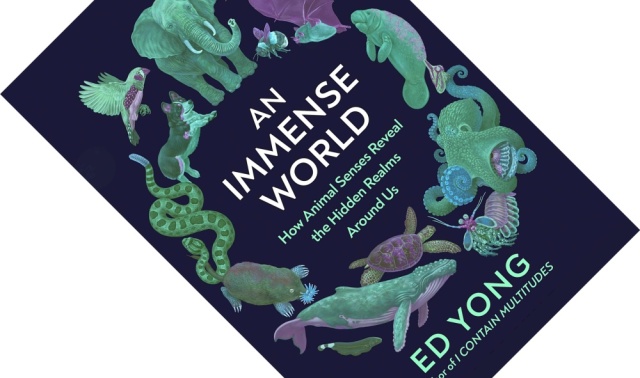From Dodo to Phoenix: Fascinating Tales of Extinct Birds Rediscovered
In the world of ornithology, the tales of extinct birds have long captivated our imaginations. From the iconic dodo, symbolizing human-induced extinction, to lesser-known avian species lost to history, the stories of these vanished creatures have left an indelible mark on our collective consciousness. But what if I told you that some of these supposedly extinct birds have been rediscovered, rising from the ashes like a modern-day phoenix? This article delves into the remarkable and often improbable journeys of several bird species once thought lost forever, shedding light on their miraculous reappearances and offering hope in a world where conservation efforts are more critical than ever.
Imagine witnessing a bird believed to be extinct for centuries suddenly reemerge in its natural habitat, defying all expectations. The rediscovery of such enigmatic avian species not only challenges our understanding of extinction but also reignites fervent debates about biodiversity conservation and environmental stewardship. Join us as we embark on a riveting exploration of these astonishing avian comebacks – from remote island sanctuaries to unexplored wilderness regions – unveiling the untold narratives behind their disappearance and eventual resurrection. Prepare to be enthralled by nature’s resilience and humanity’s ongoing quest to protect Earth’s most extraordinary feathered inhabitants!
From Dodo to Phoenix: Fascinating Tales of Extinct Birds Rediscovered
The Tragic Story of the Dodo Hen
The Dodo chook, native to the island of Mauritius, is probably some of the well-known examples of an extinct chook. This flightless chook, recognized for its plump look and lack of ability to fly, was first found by Dutch sailors within the late sixteenth century. Sadly, as a result of human actions comparable to looking and the introduction of invasive species, the Dodo chook turned extinct by the mid-Seventeenth century.
For hundreds of years, the Dodo chook remained an emblem of human-induced extinction and the necessity for conservation efforts. Nonetheless, in recent times, there have been fascinating tales of extinct birds being rediscovered, giving hope to conservationists and chook fans alike.
The Lazarus Impact: Rediscovering Extinct Birds
The idea of “Lazarus species” refers to species that had been considered extinct however are rediscovered after a major time frame. This phenomenon has occurred with a number of chook species, offering invaluable insights into the resilience of nature and the potential for conservation efforts to make a distinction.
The Ivory-billed Woodpecker: A Resurrection within the Swamps
The Ivory-billed Woodpecker, as soon as thought of extinct, was rediscovered in 2004 within the swamps of Arkansas, USA. This majestic chook, recognized for its hanging look and distinctive name, had not been seen for over 60 years. The rediscovery of the Ivory-billed Woodpecker sparked pleasure amongst birdwatchers and conservationists, highlighting the significance of preserving habitats and conducting thorough surveys to uncover hidden populations.
The New Zealand Storm Petrel: A Hidden Gem
The New Zealand Storm Petrel, a small seabird endemic to New Zealand, was presumed extinct for over 150 years. Nonetheless, in 2003, a bunch of birdwatchers stumbled upon a breeding colony of those elusive birds on Little Barrier Island. This discovery not solely introduced the New Zealand Storm Petrel again from the brink of extinction but in addition highlighted the significance of thorough surveys and the potential for hidden populations to exist in distant areas.
The Position of Conservation Efforts
The rediscovery of extinct birds serves as a reminder of the significance of conservation efforts in preserving biodiversity. With out devoted conservation initiatives, these species might have remained misplaced perpetually. Listed here are some key components that contribute to profitable conservation efforts:
- Defending and restoring habitats: Preserving and restoring pure habitats is essential for the survival of endangered species. By creating protected areas and implementing habitat restoration initiatives, we will present a secure haven for birds and different wildlife.
- Controlling invasive species: Invasive species pose a major menace to native chook populations. Implementing measures to manage and eradicate invasive species might help shield weak species from extinction.
- Public consciousness and training: Elevating consciousness in regards to the significance of biodiversity and the necessity for conservation is crucial. Educating the general public in regards to the worth of birds and their habitats can encourage motion and assist for conservation initiatives.
Conclusion
The rediscovery of extinct birds presents a glimmer of hope within the face of ongoing biodiversity loss. These fascinating tales remind us of the resilience of nature and the potential for conservation efforts to make a distinction. By defending habitats, controlling invasive species, and elevating public consciousness, we will work in direction of stopping additional extinctions and making certain a brighter future for our feathered buddies.
Q&A
Q: Are there every other examples of extinct birds being rediscovered?
Sure, there have been a number of different situations of extinct birds being rediscovered. One notable instance is the Aldabra white-throated rail, which was declared extinct within the late nineteenth century however was discovered alive on the Aldabra Atoll within the Indian Ocean in 2019. This rediscovery highlights the significance of conducting thorough surveys and the potential for hidden populations to exist in distant areas.
Q: How can people contribute to chook conservation?
People can contribute to chook conservation in varied methods:
- Supporting conservation organizations: Donating to and volunteering with conservation organizations might help fund and assist vital conservation initiatives.
- Creating bird-friendly habitats: Planting native vegetation, offering meals and water sources, and avoiding using pesticides in your individual yard can create a welcoming setting for birds.
- Taking part in citizen science initiatives: Becoming a member of citizen science initiatives comparable to chook counts and monitoring applications can present invaluable knowledge for researchers and conservationists.
By taking these actions, people can play a job in preserving chook species and their habitats.




Post Comment